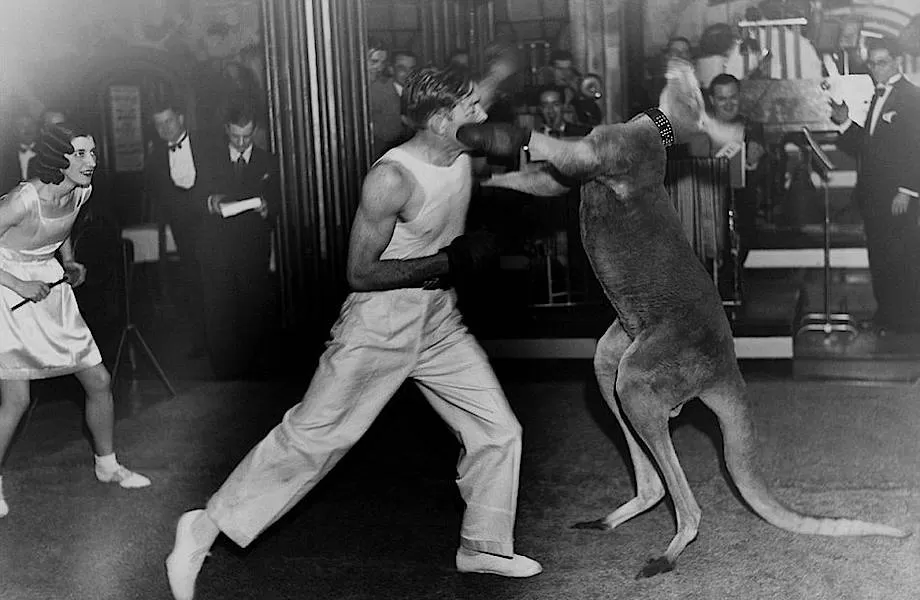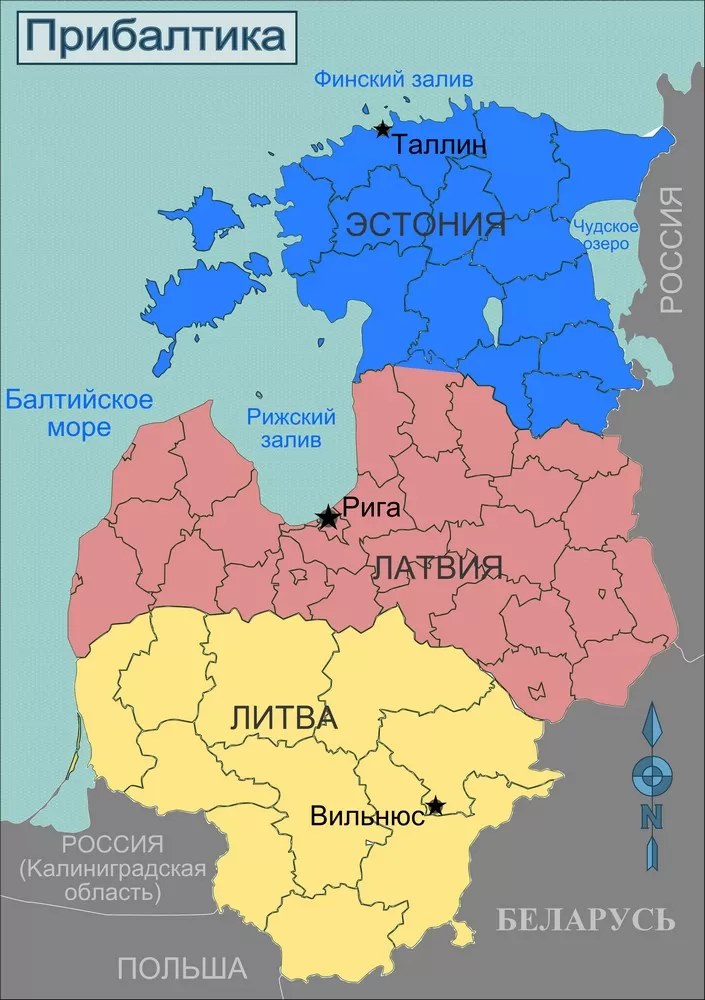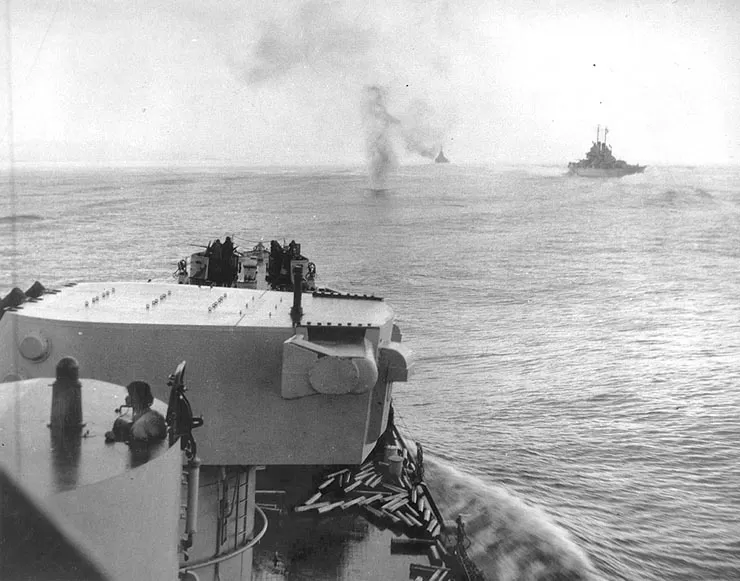
Boxer in kangaroo land
On March 13, the Prime Minister of Australia announced the selection of the Boxer CRV as the successor to ASLAV vehicles in the Land 400 Phase 2 program.
The strategic importance of the Pacific region has been growing for several years, mainly due to the growing power of the People's Republic of China. To at least partially compensate for the development of the People's Liberation Army of China, Australia also decided to implement a costly program to modernize its own army. In addition to the large-scale modernization of the fleet and aviation, the ground forces should also receive new opportunities. The most important modernization program for them is the Land 400, a multi-stage program for the purchase of new combat vehicles and combat vehicles.
At the end of the first decade of the 2011st century, a decision was made to reorganize and modernize the Australian army, based, among other things, on the experience of participating in the conflicts in Iraq and Afghanistan. The program, known as the Beersheba Plan, was announced in 1 and included changes to both the regular (2st Division) and reserve forces (1nd Division). As part of the 1st division, the 3st, 7rd and 36th brigades were reorganized, uniting their organization. Each of them currently consists of: a cavalry regiment (actually a mixed battalion with tanks, wheeled and tracked armored personnel carriers), two light infantry battalions and regiments: artillery, engineering, communications and rear. They implement a 12-month readiness cycle, during which each of the brigades is alternately in the "zero" phase (individual and group training), the combat readiness phase and the phase of full readiness for deployment to the theater of operations, each stage covers a period of 2 months . Together with the support brigades and the 43nd Division (active reserve), the Australian Defense Force has approximately 600 soldiers. Completion of the divisional restructuring was formally completed on 28 October 2017, although the Australian Defense White Paper published a year earlier suggests that changes, among other things, will continue. for the acquisition of new reconnaissance and communications systems, and the introduction of new weapons will also affect the structure of combat units.
The basic equipment of the units, in addition to the modern Thales Australia Hawkei and MRAP Bushmaster off-road armored combat vehicles, are ASLAV wheeled armored personnel carriers purchased in 1995–2007. in seven modifications (253 cars), i.е. local version of MOWAG Piranha 8×8 and Piranha II/LAV II 8×8 manufactured by GDLS Canada, American M113 tracked transporters in modifications M113AS3 (with improved traction characteristics and additional armor, 91 vehicles) and AS4 (extended, modified AS3, 340), and finally the M1A1 Abrams main battle tanks (59 vehicles). Aside from the aforementioned lighter, locally built wheeled vehicles, the Australian Army's fleet of combat vehicles is distinctly different from today's standards. Aged wheeled and tracked carriers are to be replaced with newer generation vehicles as part of a massive A$10 billion (AU$1 = $0,78) procurement program for the local armed forces.
Land 400
The first steps to acquire new Canberra combat vehicles were taken back in 2010. Then the Ministry of Defense received a proposal from BAE Systems (November 2010) regarding the possibility of equipping the Australian army with Armadillo tracked transporters (based on the CV90 BMP) and MRAP RG41 class vehicles. However, the offer was rejected. The Land 400 program was finally approved by the Australian Parliament in April 2013. due to controversy over the estimated cost of the program (A$10 billion, compared to even A$18 billion predicted by some experts; currently there are estimates in excess of A$20 billion), on February 19, 2015 Defense Secretary Kevin Andrews announced the official commencement of work on a new stage of modernization of the ground forces. At the same time, requests for proposals (RFP, Request For Tender) were sent to potential participants in the program. The goal of the Land 400 program (also known as the Land Combat Vehicles System) was to procure and operate a new generation of armored vehicles with dramatically higher basic characteristics (firepower, armor and mobility), which increase the combat capabilities of armored vehicles. Australian Army, including through the ability to take advantage of the network-centric information environment of the battlefield. The systems purchased under the Land 75 and Land 125 programs, which were the procurement procedures for various elements of BMS class systems, should have been responsible for network centricity.
The program is divided into four phases, with phase 1 (conceptual) already completed in 2015. Goals, initial dates and a scale of needs and orders for the remaining stages were determined. Instead, phase 2 was launched, that is, a program for the purchase of 225 new combat reconnaissance vehicles, that is, successors to the too poorly armored and too cramped ASLAVs. Stage 3 (purchase of 450 tracked infantry fighting vehicles and accompanying vehicles) and stage 4 (creation of an integrated training system) were also planned.
As mentioned, Phase 2, initiated in the first place, was the selection of a successor to the obsolete ASLAV, which, according to the program's assumptions, should be phased out by 2021. In particular, the anti-mine resistance of these machines was found to be insufficient. Great emphasis was also placed on improving all the basic parameters of the car. In terms of mobility, a compromise had to be made - the ASLAV successor was not supposed to be a floating vehicle, in return it could be better protected and more ergonomic in terms of crew and troops. The resistance of a vehicle weighing no more than 35 tons had to correspond to level 6 according to STANAG 4569A (although some exceptions were allowed), and mine resistance to level 4a / 4b of the STANAG 4569B standard. . The reconnaissance tasks of the machines will most likely be associated with the installation of complex (and expensive) sensors: battlefield radar, optoelectronic head, etc.

